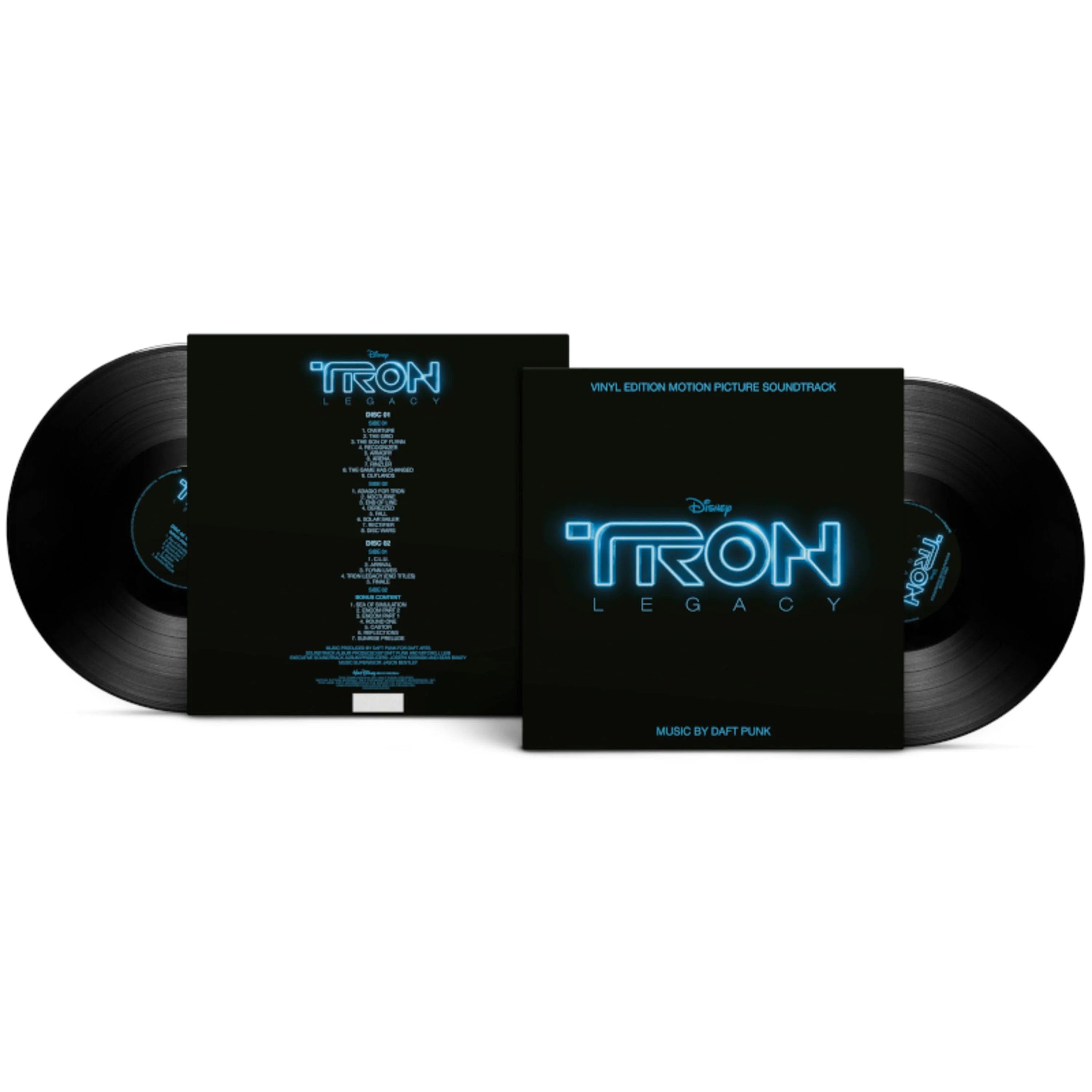Vinyl records offer a rich, analog sound that music lovers cherish, but preserving that quality requires diligent care. For all the nostalgia and warmth vinyl brings, it demands some effort. Caring for vinyl means cleaning, handling, and storing records properly to avoid damage. Whether you’ve lucked out on a rare vinyl find or are just starting to shop for vinyl albums from new reissues, the following guide will show you how to keep your collection in top shape.

Handling and Playing Vinyl Records
Always handle your records with respect. Your touch matters more than you might think. Make it a rule to only hold a record by its edges or the labeled center area, keeping fingers off the grooves. Our skin’s natural oils can easily transfer onto the vinyl surface. Those oils will trap dust and dirt in the grooves, which can cause noise and even foster mold over time. This means never place a palm or finger on the playing surface. Before you even pick up a record, wash and dry your hands to minimize the introduction of any grime. Some dedicated collectors go as far as using clean cotton gloves or finger cots when handling particularly valuable discs; however, at a minimum, clean, dry hands are essential.
Be gentle and patient when handling your vinyl. If the record is in a snug inner sleeve, avoid yanking it out quickly; instead, ease it out slowly while supporting it by the label and edge. When placing the record on or off the turntable, do so steadily to avoid any accidental scratches. Set the record down on the platter carefully and ensure the turntable is completely still when cueing or changing sides. Also, avoid stacking records on top of each other, even briefly, during a listening session. Doing so can introduce scratches or warps from the weight. Good handling is the first line of defense against scratches, pops, and skips. These basic techniques might seem obvious, but they are fundamental vinyl care tips every listener should practice to prevent unnecessary wear.
Keep Your Records Dust-Free During Playback
Dust is the enemy of vinyl. A record’s grooves can be a magnet for airborne particles, and once dust settles in, it produces crackles and static that mar your listening experience. Vinyl records naturally build up static electricity as they play, which attracts even more dust. That dust on the surface causes unwanted noise and reduces the fidelity of the sound. To combat this, make a habit of keeping your records as dust-free as possible whenever they’re out of their sleeves.
One of the simplest preventive steps is to use an anti-static record brush before and after each play. A carbon-fiber vinyl brush designed for records can gently sweep away microscopically small dust particles. Before the needle ever touches the groove, hold the brush lightly on the record’s surface as it spins to pick up loose dust. Always follow the grooves as you brush, and avoid applying heavy pressure. The brush’s fine bristles will do the work. Brushing the record only takes a few seconds but helps remove grit that can cause crackling or get ground into the vinyl. It also dissipates static charge from the record, which further prevents dust attraction during playback.
During play, it’s wise to keep your turntable’s dust cover closed if possible. This simple practice minimizes how much new dust settles on the record while music is playing. And once you’re done listening, don’t leave the record sitting out on the platter or an open surface. Immediately give it another quick brush if you see any specks, then return it to its sleeve. By always removing dust and storing records promptly, you stop debris from accumulating in the grooves. A clean record not only sounds better but also experiences less physical wear over time, since there are no abrasive particles in the groove when the stylus runs through it.
How Do You Clean Vinyl Records
Light surface dusting isn’t always enough. Eventually, you’ll need to protect vinyl records more deeply to remove fingerprints, oils, and stubborn grime. The key is to use the proper tools and solutions and avoid any harsh household cleaners. Knowing how to clean records correctly will save your vinyl from damage and significantly improve playback clarity.
Start with a basic kit: a cleaning solution made for records, a soft applicator or brush, and plenty of microfiber cloths for drying. Never use generic glass cleaners, pure alcohol, or abrasive scrubbers on vinyl. You should avoid using any solution containing isopropyl alcohol or harsh detergents on records, as these can strip away the protective coatings in the grooves and cause long-term damage. Instead, invest in a dedicated record cleaning fluid or a reputable vinyl record cleaning kit that includes a gentle solution. Many commercial record cleaners are alcohol-free for this very reason. Always follow the instructions on the cleaner, but generally you’ll apply a few drops of solution to either the record or a cleaning pad, then gently wipe along the grooves to loosen dirt. Take care to keep any liquid away from the record label, as moisture can stain or detach the paper label. After applying the cleaning fluid, use a clean microfiber cloth to wipe the record in a circular motion following the groove direction. This helps lift out dissolved grime. It’s important to dry the record thoroughly; any residual moisture can attract new dust or even cause mold in storage. Pat the vinyl dry with a second lint-free cloth and let it air-dry for a minute before returning it to a sleeve.
For records with heavier dirt or for collectors with large libraries, specialized equipment can make the job easier. Many audiophiles swear by vacuum-based record cleaning machines as the best record cleaners. These machines apply cleaning fluid and then vacuum it (and the loosened dirt) off the record, all with minimal manual handling. There are also manual record washer systems where you rotate the record through a bath of cleaning solution and rollers. Whether you use a machine or clean by hand, the goal is the same: to give the grooves a periodic deep cleanse so that no layer of grime builds up. Even brand-new records can benefit from an initial cleaning. New pressings sometimes have residues from the manufacturing process.

Use Quality Sleeves to Protect Your Records
Think of record sleeves as the vinyl’s personal protective gear. Using proper inner and outer sleeves is one of the simplest upgrades you can make to extend the life of your collection. After a record is clean and dry, it should never be left “naked” when shelved. Always store it in a dedicated sleeve. There are two types of sleeves to consider:
Invest in high-quality inner sleeves, especially if your records still have the original cheap paper sleeves they were sold in. Many original inner sleeves are made of low-grade, wood-pulp paper that sheds tiny paper fibers and dust. Over time, ordinary paper sleeves can even become abrasive and cause fine scratches as you slide the record in and out. Some also may contain acids or chemicals from the paper production that can gradually leach into the vinyl or cause discoloration. The best replacement inner sleeves are made of anti-static plastic or a combination of paper lined with high-density plastic. These materials are archival-safe, meaning they won’t introduce chemicals to your vinyl, and they help neutralize static buildup. The slick surface of plastic sleeves also makes it much easier to insert and remove records without scuffing them.
Vinyl protective sleeves will keep them in good condition and prevent dust from reaching the record. Placing the record jacket into a clear polyethylene outer sleeve keeps out dust and reduces wear on the cardboard artwork. This is especially important for older vintage albums where the cover has value or for any collectibles you display. Make sure the outer sleeves you choose are sized for 12-inch LPs and are made of acid-free, inert plastic. Resealable flap sleeves can offer full closure, though some prefer open-ended sleeves for easier access.
When using sleeves, a couple of extra tips can further protect your records: First, replace any dirty or torn inner sleeves. If you’ve cleaned a record, don’t put it back in a dusty old sleeve that could re-contaminate it; use a fresh new sleeve. Second, you might store the record outside of its jacket to avoid ring-wear on the cover. Many collectors do this for albums in heavy rotation.
Store Your Vinyl Records Correctly
To practice proper record storage, you need to consider orientation, environment, and organization. The cardinal rule of record storage is to store records vertically, not stacked flat. Always keep your vinyl standing upright like books on a shelf. Stacking records on top of each other puts uneven pressure on the discs, and over time, this can lead to warping. Storing upright, especially with bookshelves or crates that provide full support, prevents warping by distributing weight evenly along the record’s edge. Ensure your shelf is sturdy and the records aren’t leaning at a steep angle. Give them a little breathing room. Records packed too tightly can be difficult to pull out and may cause cover wear, but too much space and they might slump. Aim for a happy medium where records stand upright on their own but can still slide out without force.
The Critical Role of Stylus and Equipment Maintenance in Vinyl Care
While much attention is paid to the condition of the records themselves, the health of your playback equipment—especially the stylus (needle) and turntable—plays an equally vital role in preserving both sound quality and the longevity of your vinyl collection. The stylus is the only part of your system that makes direct contact with your records, tracing the delicate grooves that contain all the musical detail. Equally important is ensuring that your turntable is properly set up and maintained. The tracking force should be calibrated according to your cartridge manufacturer’s specifications, as excessive force accelerates both stylus and record wear, while too little can cause skipping and mistracking. Anti-skate and alignment adjustments also play a part in ensuring the stylus sits correctly in the groove, distributing wear evenly and minimizing distortion. If you’re unsure about these settings, consult your turntable’s manual or seek guidance from a reputable dealer.
Make Maintenance a Consistent Routine
The final “tip” is to tie them all together into a regular vinyl maintenance routine. Consistency is key. A one-time deep clean or a single careful handling won’t preserve a record forever; it’s the repeated habit of good care that yields a pristine collection. The idea is to integrate these practices into your normal enjoyment of vinyl so that they don’t feel like a chore. Make a habit of quick cleanings every time you play a record. It can be as simple as brushing the record before playing, brushing it again after playing, and then slipping it right after playing. This adds maybe 30 seconds to your listening session, but prevents the vast majority of wear and tear from dust.
Schedule deeper maintenance periodically. For example, you might plan to wet-clean a certain number of records each week, or set aside an afternoon every few months to review your collection and clean any that appear visibly dirty or that you’ve played frequently lately. If you notice a record sounding a bit noisier than before, don’t just cringe and bear it. Take it out for cleaning at your next opportunity. Also, keep an eye on your inner sleeves; if you see any that are yellowing, split, or accumulating dust inside, replace them promptly. It’s cheaper to replace a sleeve than to fix a moldy record down the line.
When adding new records to your collection, incorporate maintenance from the get-go. Whether you buy vinyl online or find gems at flea markets and online record stores, assume that every record needs at least some initial TLC. Many collectors will clean every new record once before its first play to remove any factory residues or dust from shipping. This is a smart practice – even if a record looks shiny out of the package, a quick clean can remove invisible mold-release compounds or static that could attract dust. Used records, of course, should be cleaned thoroughly since you don’t know their history. It’s a good feeling to know that once you’ve cleaned and sleeved a new arrival, it will be in optimal condition in the future.
Common Mistakes in Vinyl Maintenance
Even the most passionate vinyl enthusiasts can fall into habits that unintentionally harm their collections. Here are some of the most common mistakes collectors make, and how to avoid them:
Improper Storage Conditions: Storing vinyl records in stacks or exposing them to heat, humidity, or direct sunlight can lead to warping, mold growth, or damaged artwork. It’s essential to keep your collection upright in a cool, dry place, away from radiators and windows. Use sturdy shelves or crates that provide full support and avoid over-packing, which can cause records to lean or bend. Proper storage not only preserves sound quality but also maintains the value and appearance of your records.
Neglecting Research on Best Practices: Failing to stay informed about proper vinyl care can result in outdated or harmful habits, such as using inappropriate cleaning solutions or storing records incorrectly. Take time to read guides, consult reputable sources, or even join collector forums to keep up with evolving best practices. Regularly updating your knowledge ensures you’re not inadvertently damaging your collection and helps you make informed choices about cleaning, storage, and handling.
Overlooking Routine Maintenance: This not only diminishes sound quality but can also shorten the lifespan of your records.
By steering clear of these common pitfalls and adopting mindful maintenance habits, you’ll ensure your vinyl collection remains vibrant, valuable, and a joy to listen to for decades to come. Taking the time to do things right pays off in lasting sound quality and peace of mind.

By weaving all these small actions into a routine, caring for vinyl becomes just a natural part of enjoying your music. The payoff is enormous: your records will continue to sound as good as they did the day you bought them, and you’ll avoid the common pitfalls of crackling audio, degraded fidelity, or irreversible damage. A disciplined maintenance routine saves you money and heartbreak; you won’t have to hunt down replacements for ruined records or wonder why a cherished album doesn’t sound right anymore. With these vinyl care tips in practice, you can relax and drop the needle with confidence, knowing your collection is well-maintained. Vinyl is not a “set and forget” format; it rewards those who give it attention. Treat your records well, and they will reward you with wonderful sound for decades, letting you fully savor the magic of analog music.
Sources:
info.gaylord.com Gaylord Archival – Best Practices for Vinyl Records (archival handling and equipment maintenance tips)
preservationequipment.com Preservation Equipment Ltd – How to Store Vinyl Records (dust and static effects on sound)
getoutpass.com GetOutPass – 5 Vital Rules for Vinyl Record Storage and Maintenance (importance of avoiding paper sleeves)


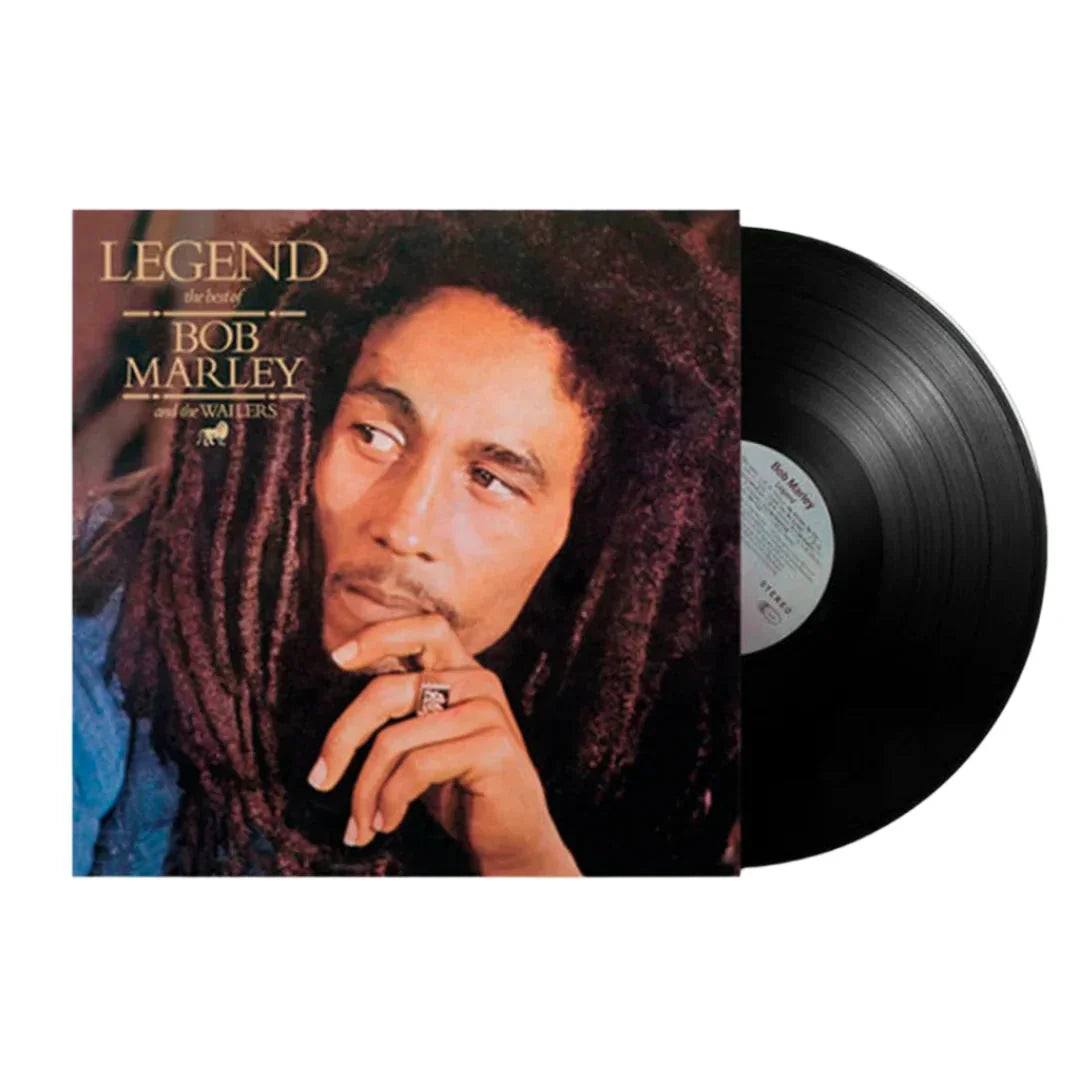

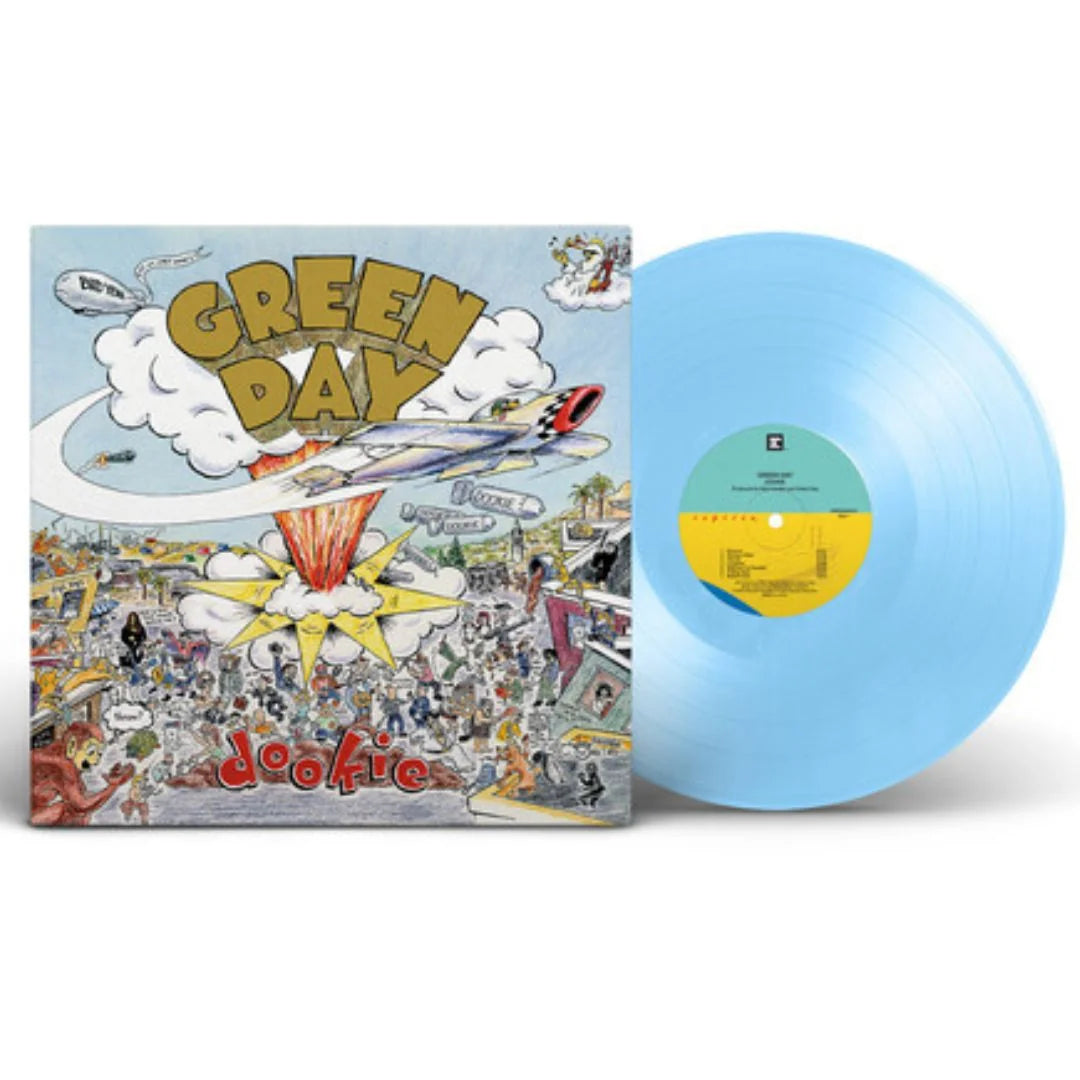
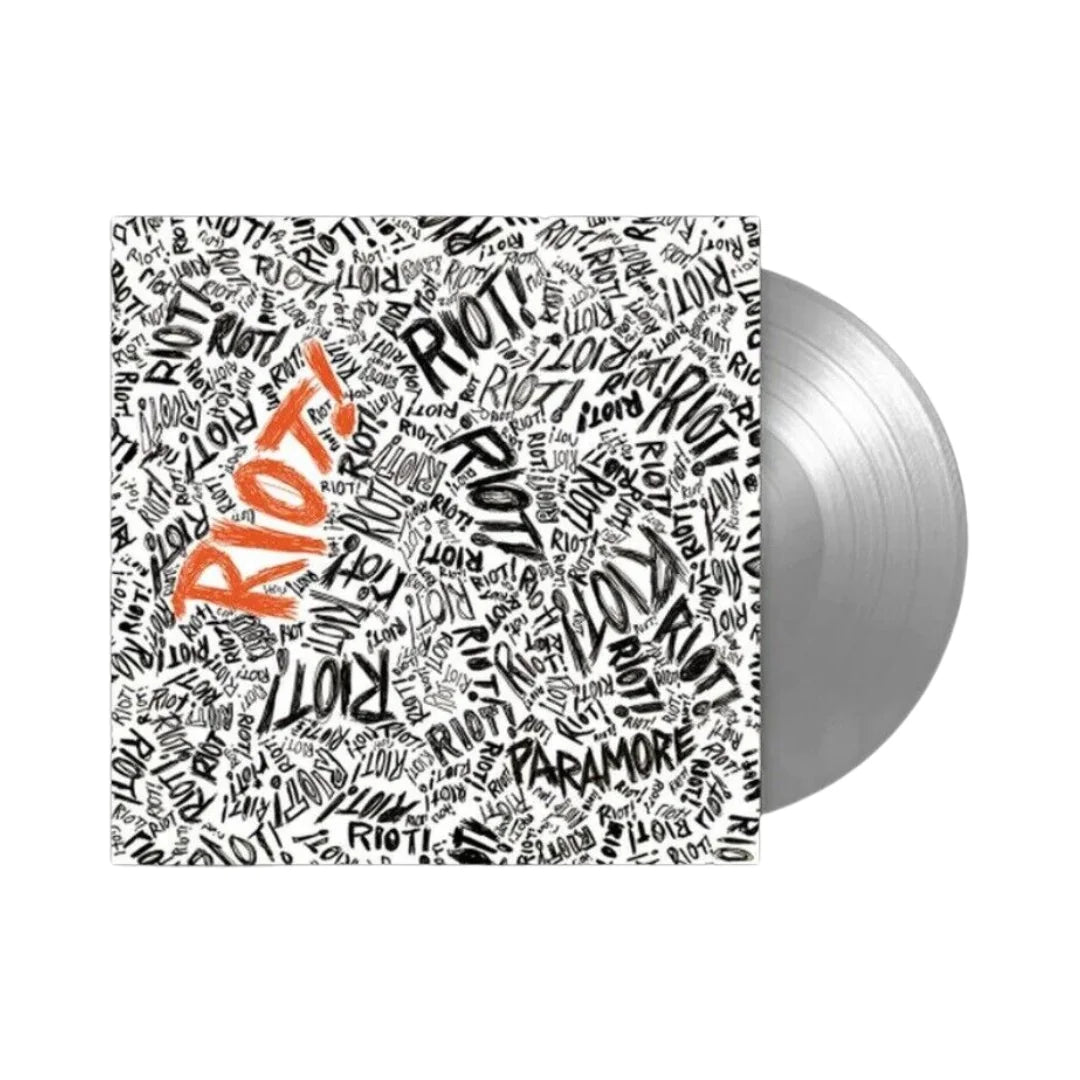
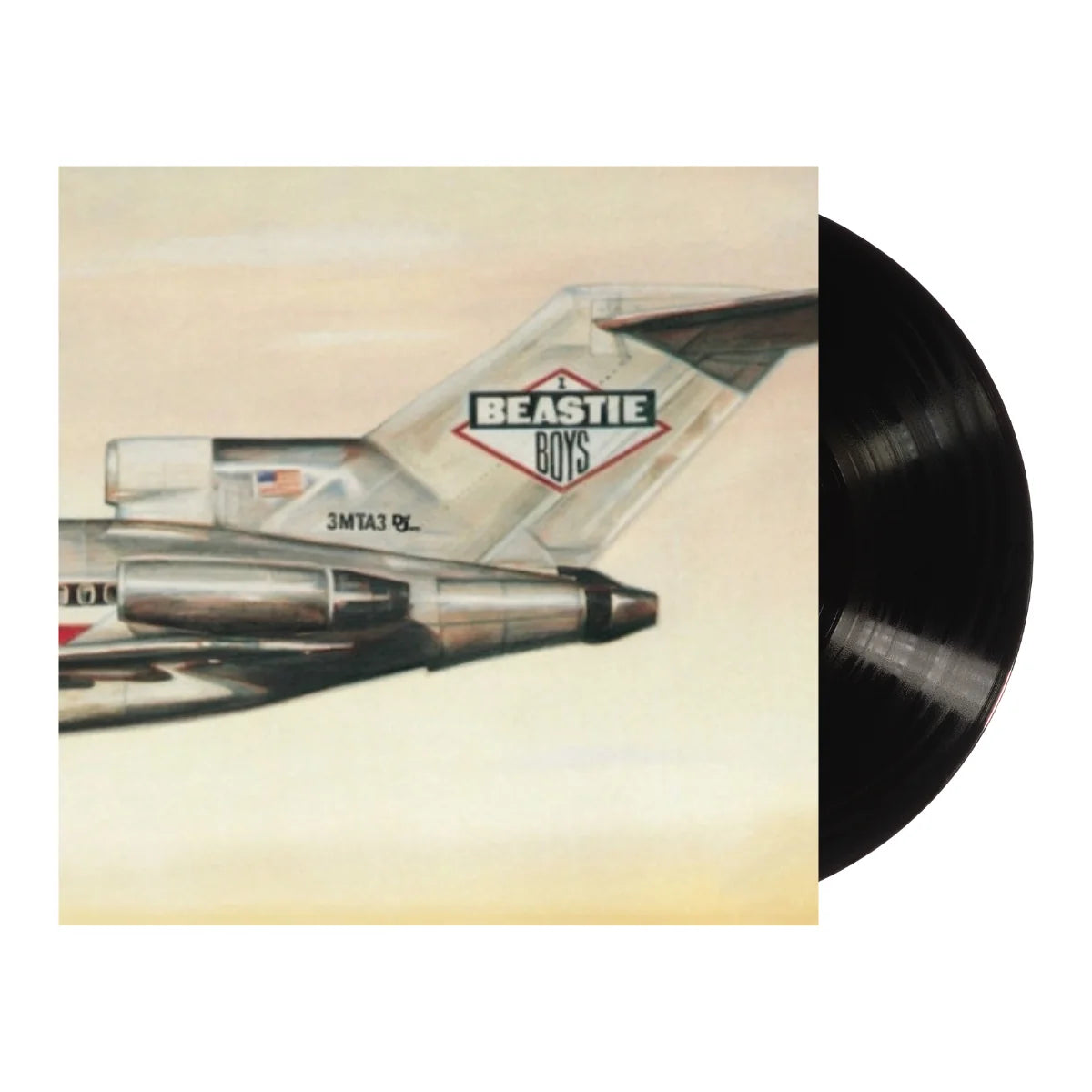


![$Uicideboy$ - Thy Kingdom Come [Clear]](http://vinyl.com/cdn/shop/files/4435583-3407920.jpg?v=1754460746&width=5760)
![(hed) p.e. - New And Improved [Pink]](http://vinyl.com/cdn/shop/files/4425252-3389420.jpg?v=1746578880&width=5760)

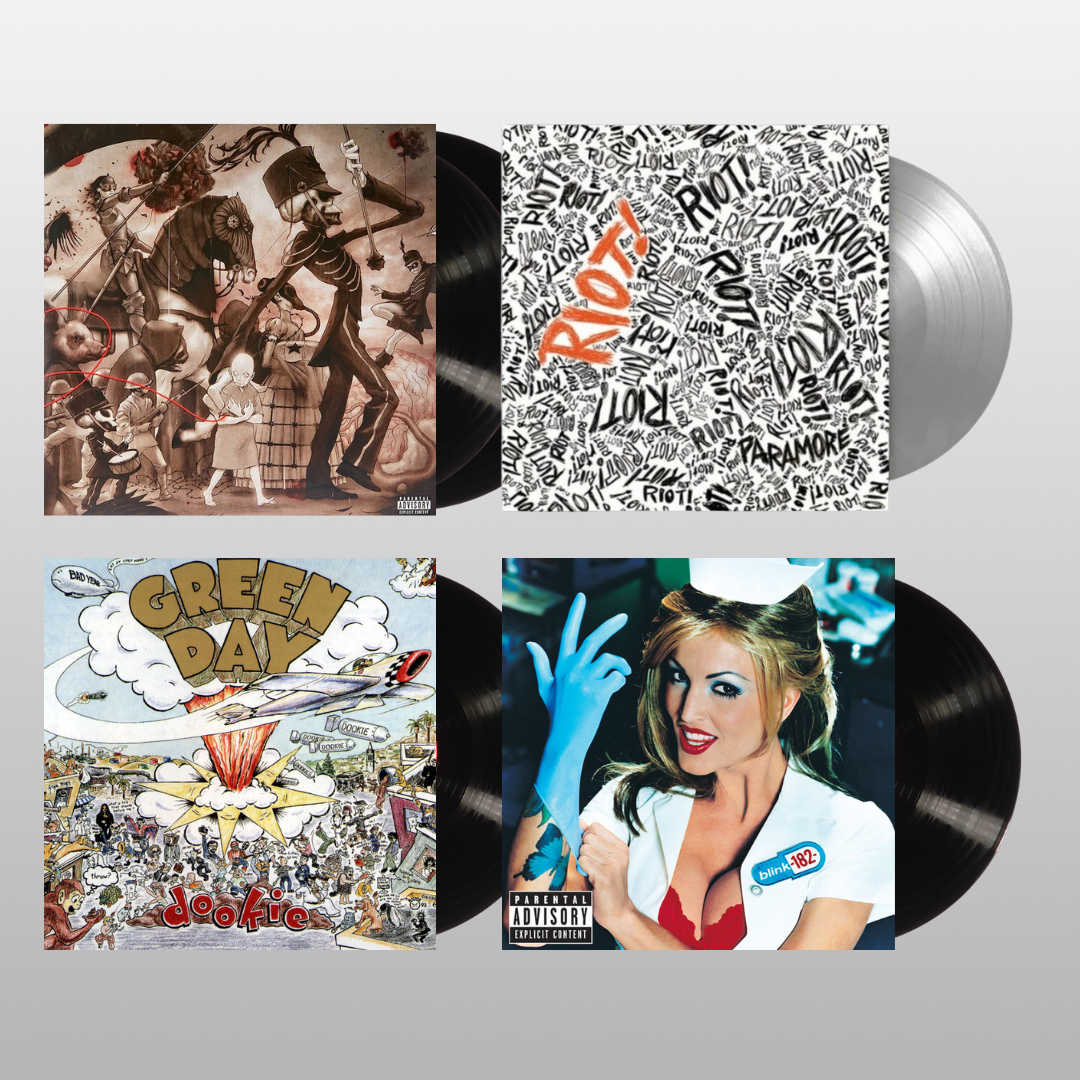

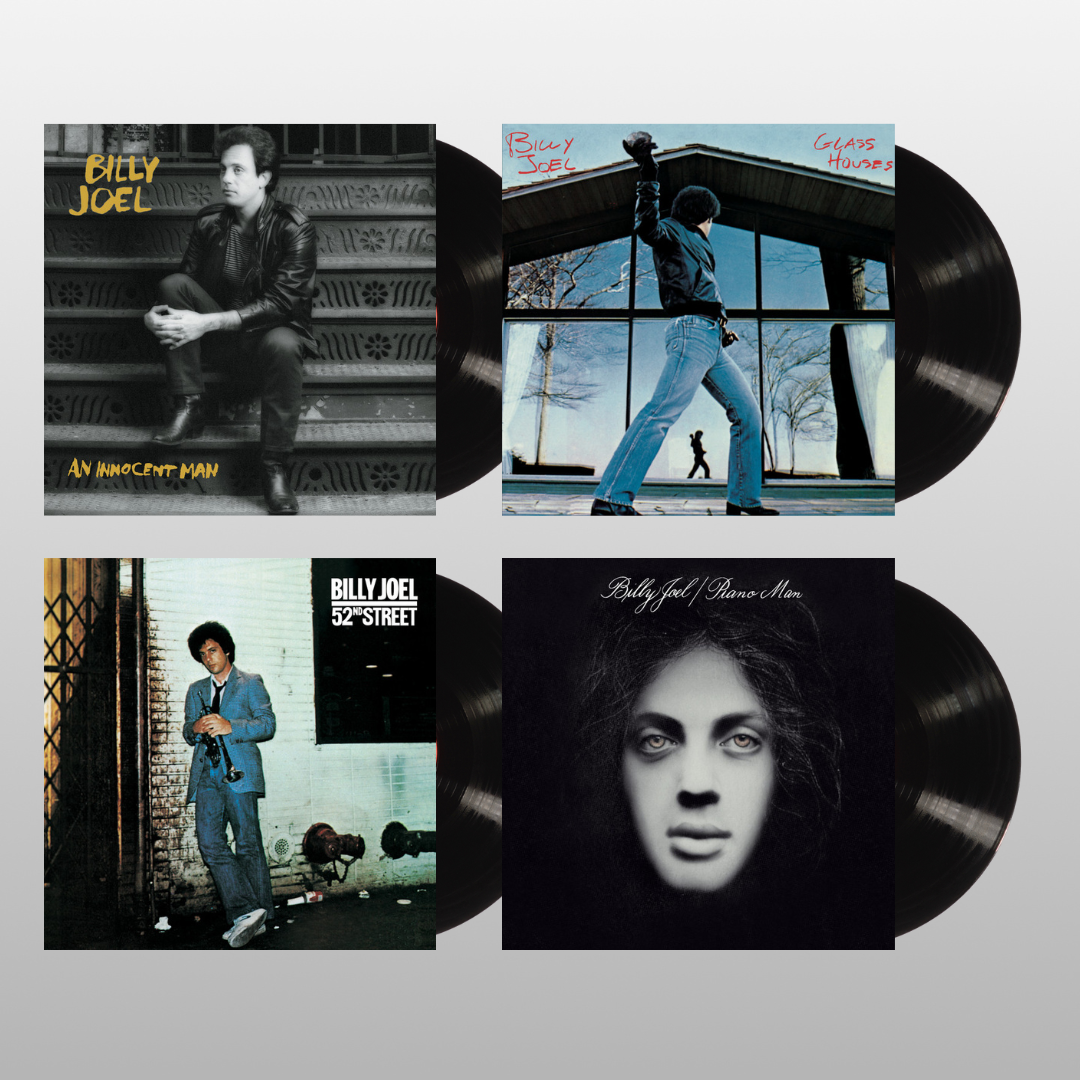
![The Grateful Dead - The Music Never Stopped [6LP Box Set]](http://vinyl.com/cdn/shop/files/The_Grateful_Dead-The_Music_Never_Stopped__6LP_Box_Set.jpg?v=1747729623&width=5760)
![Fleetwood Mac - Fleetwood Mac 1975 To 1987 [Clear 6LP Box Set]](http://vinyl.com/cdn/shop/files/2RHILP81833__61378.jpg?v=1743391443&width=5760)
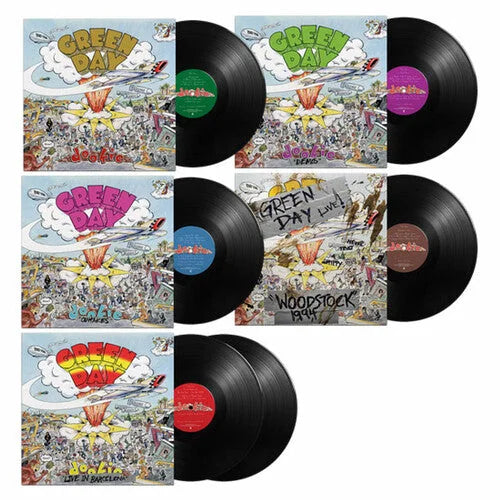



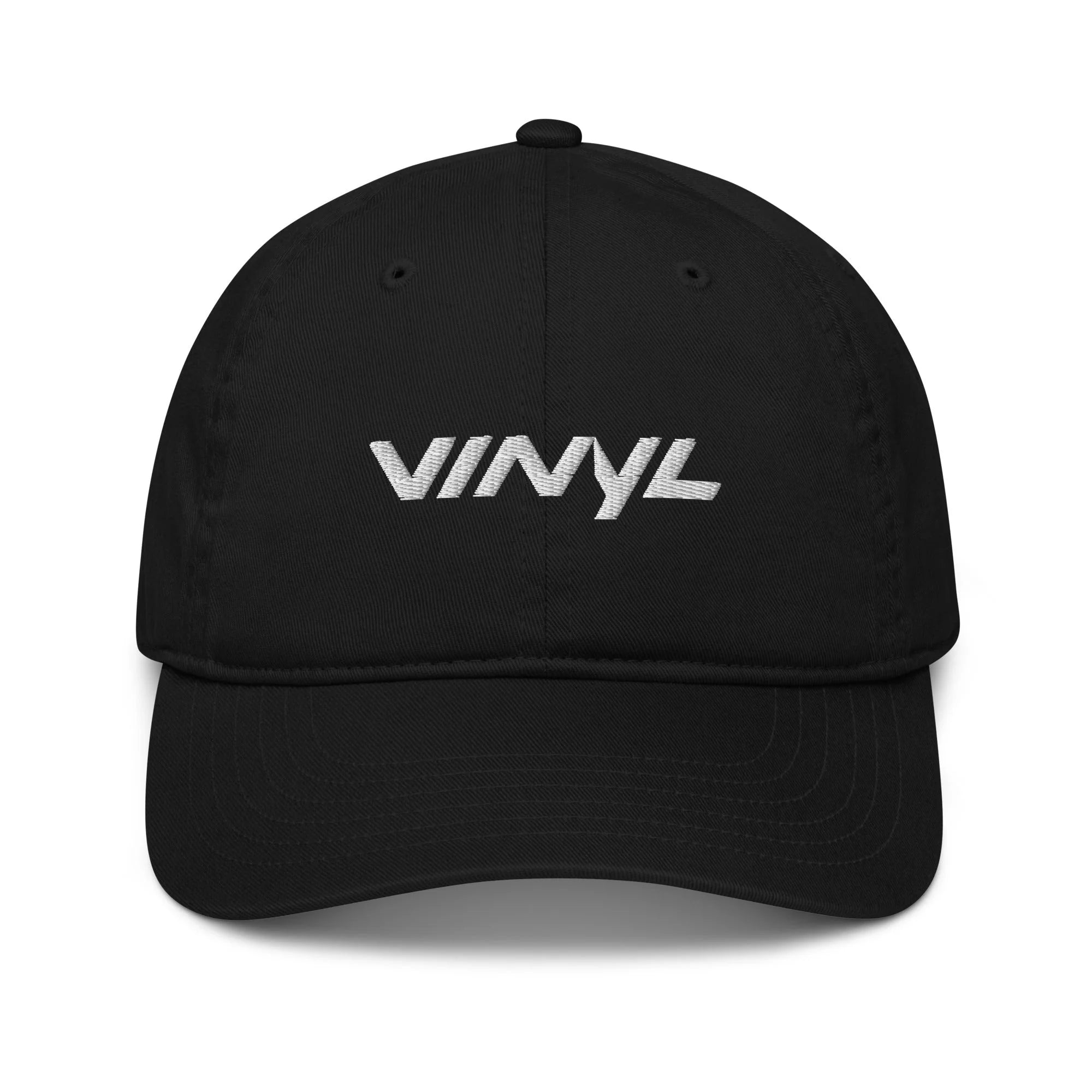

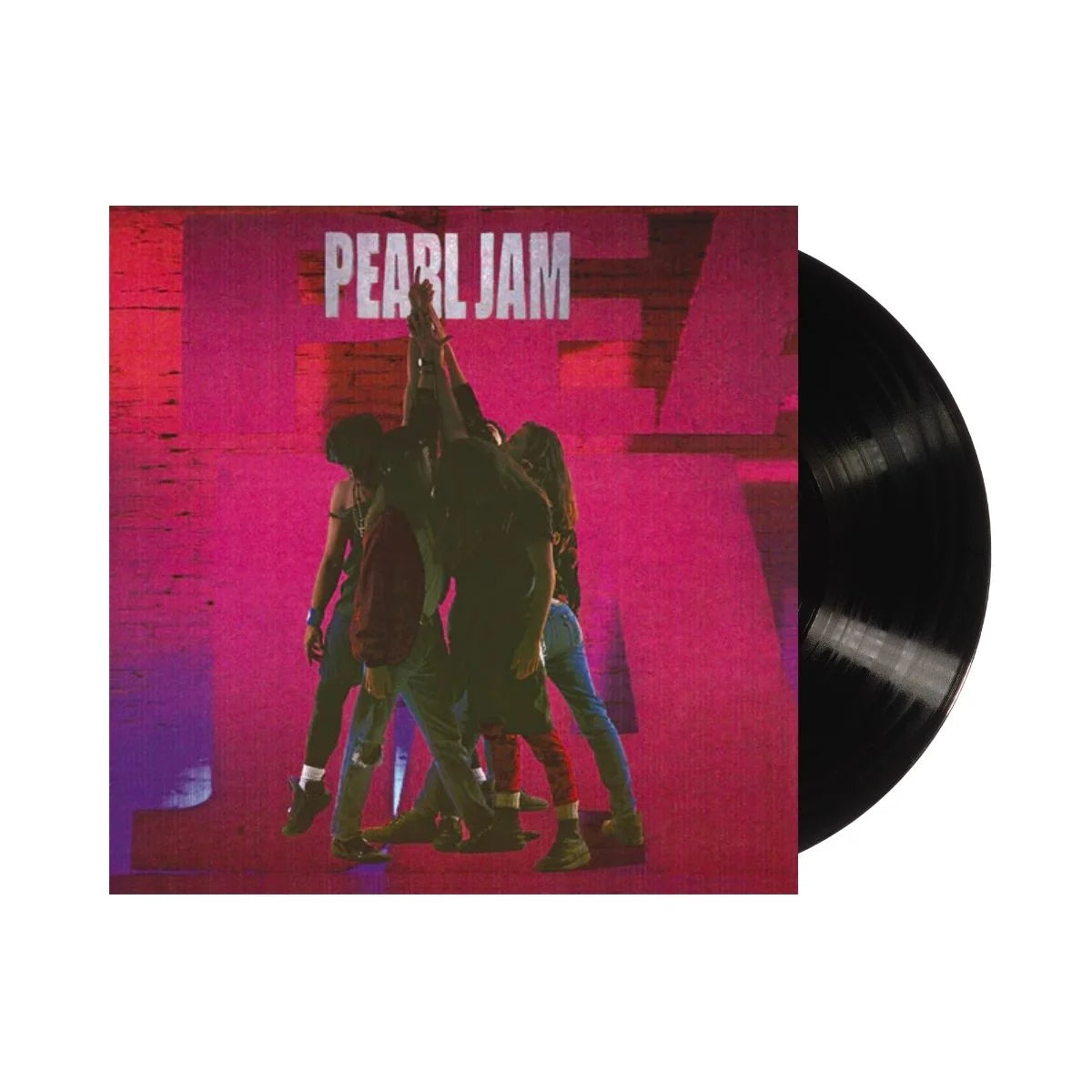
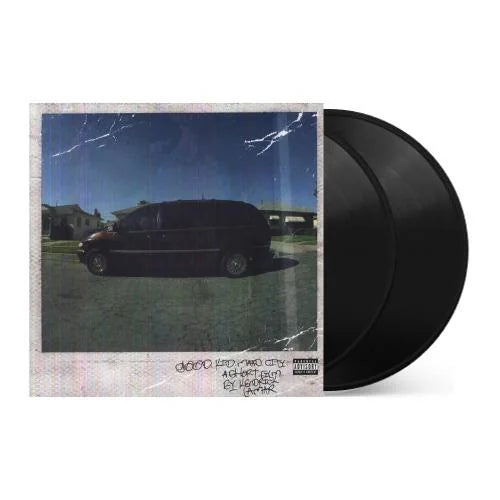
![Taylor Swift - 1989 (Taylor's Version) [2LP Crystal Skies Blue]](http://vinyl.com/cdn/shop/files/taylor_swift_1989_taylors_version.jpg?v=1734389117&width=5760)
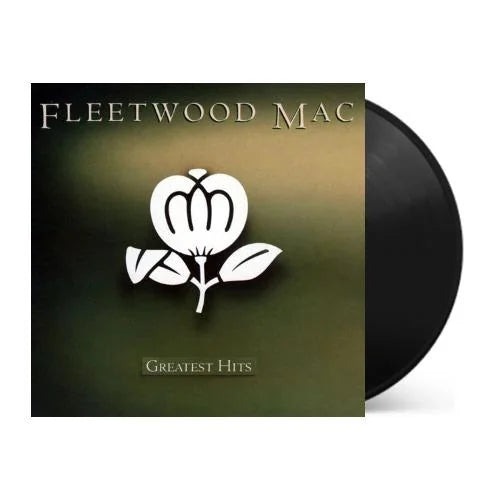
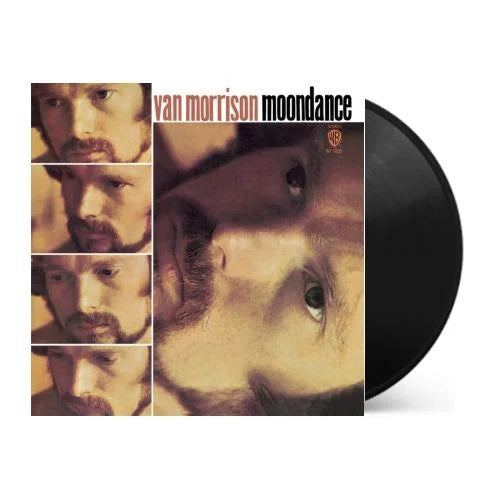
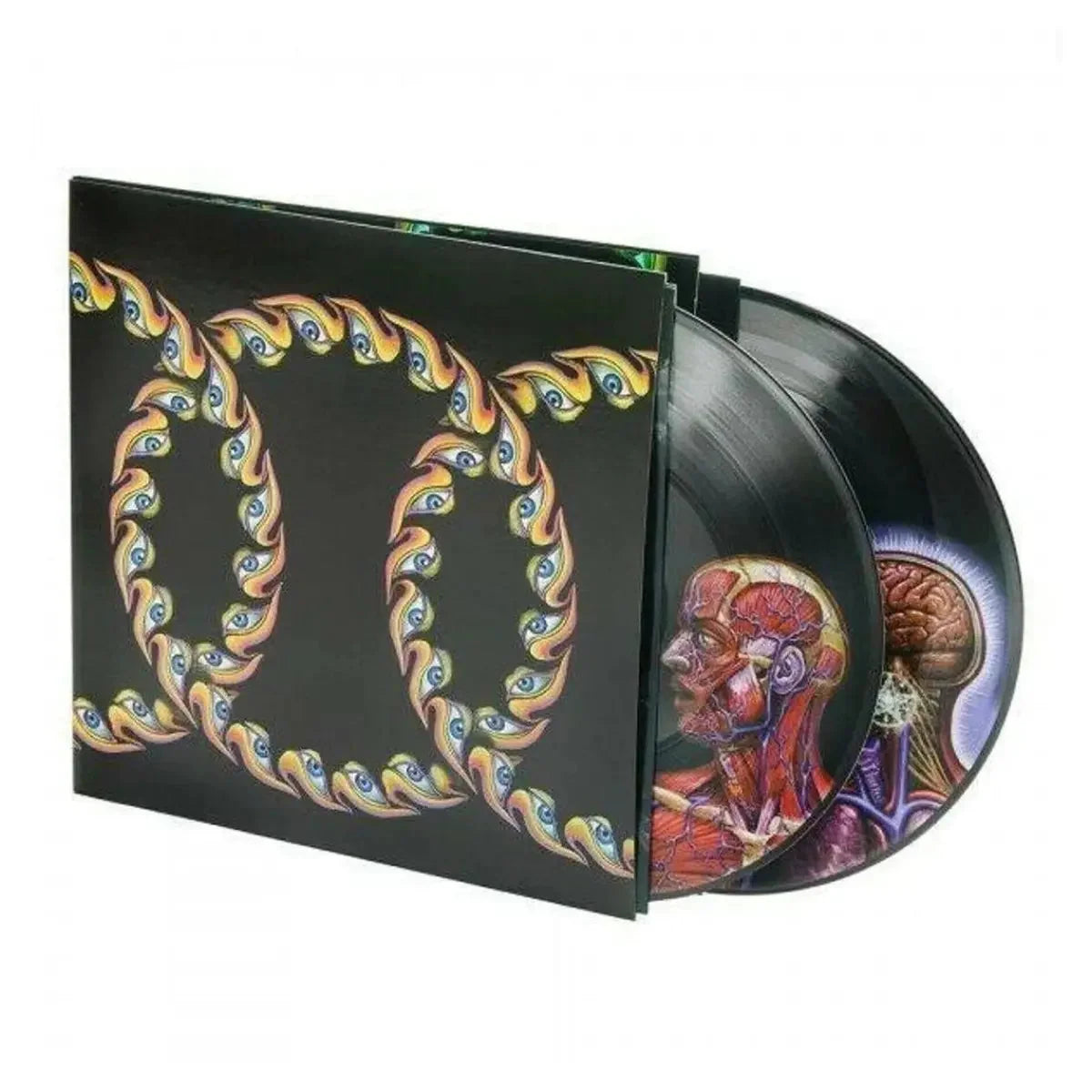
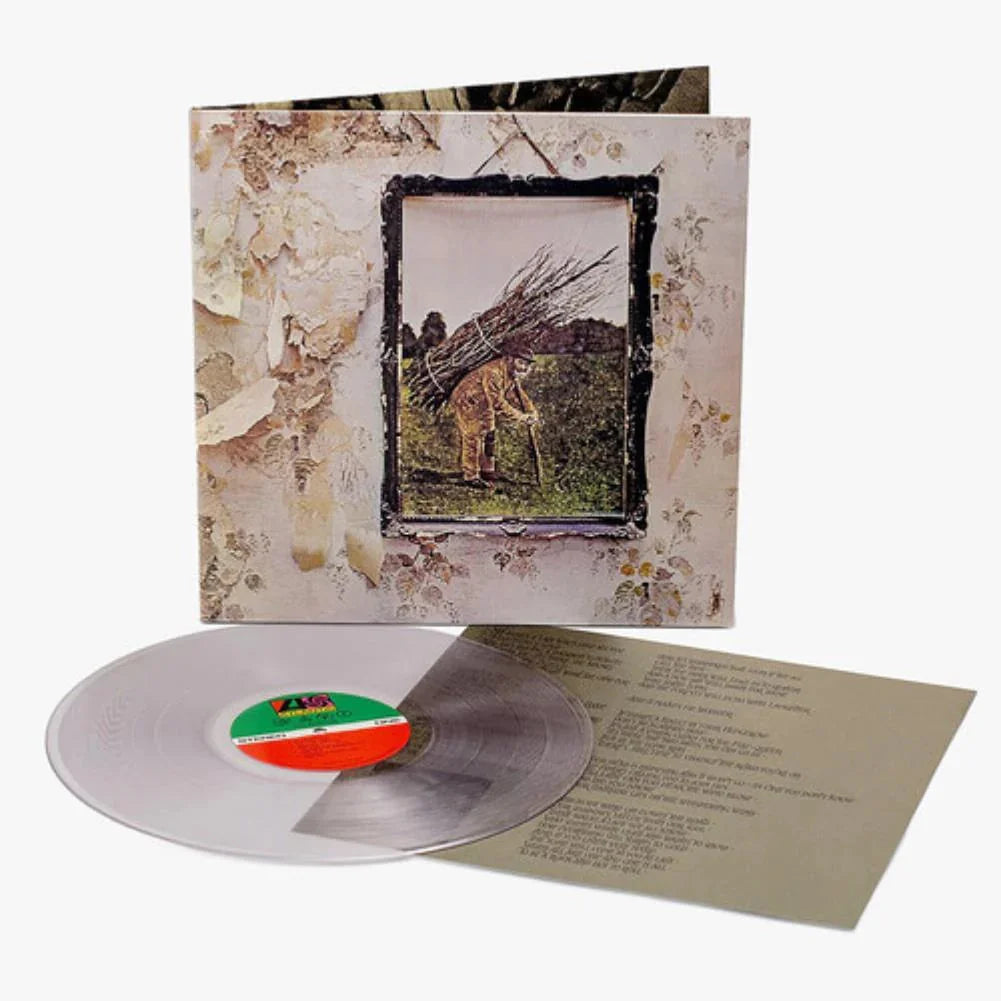
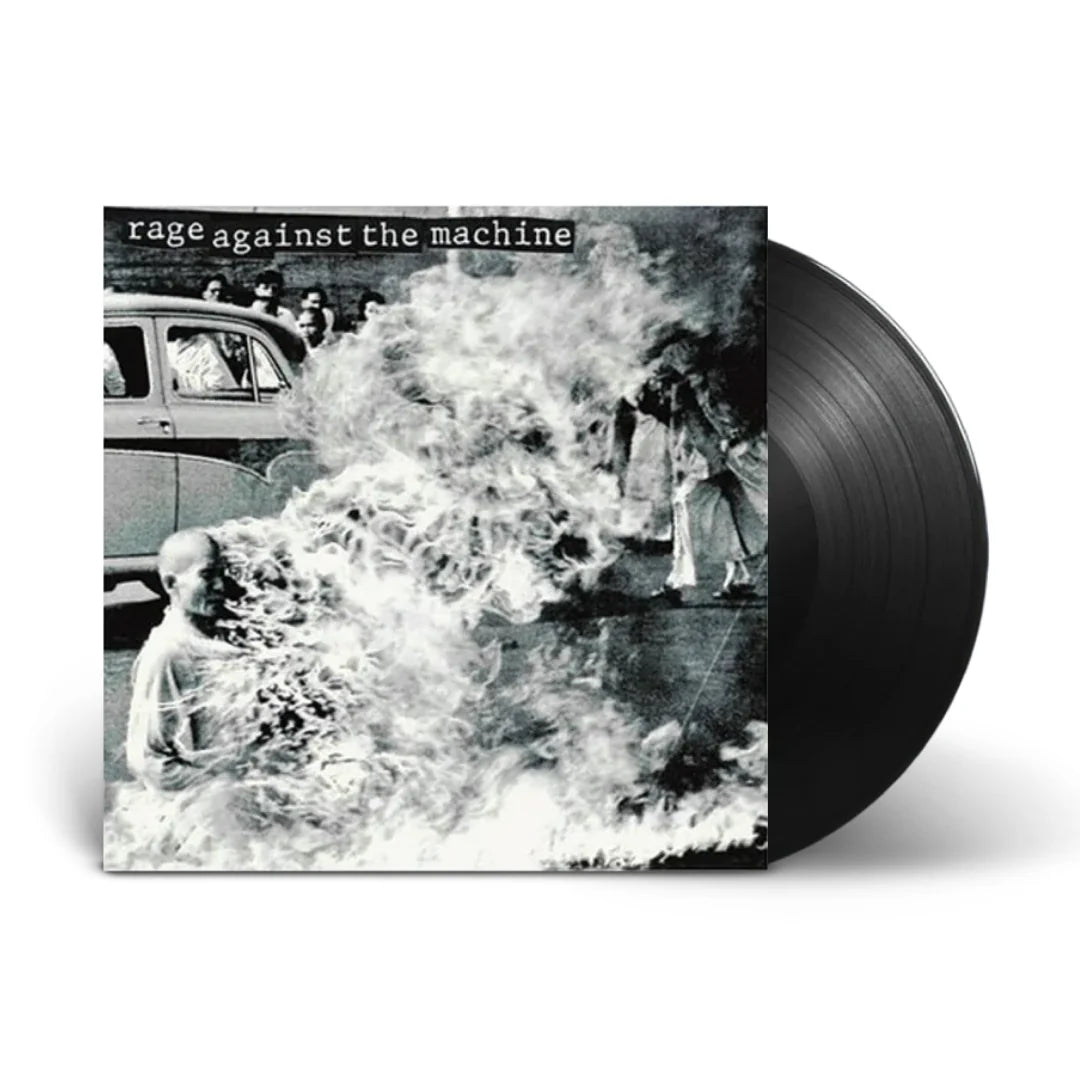
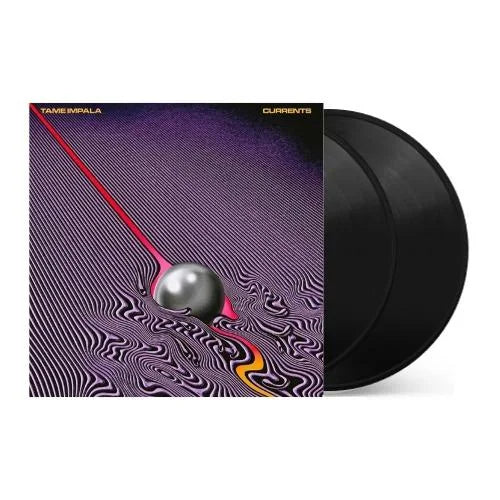
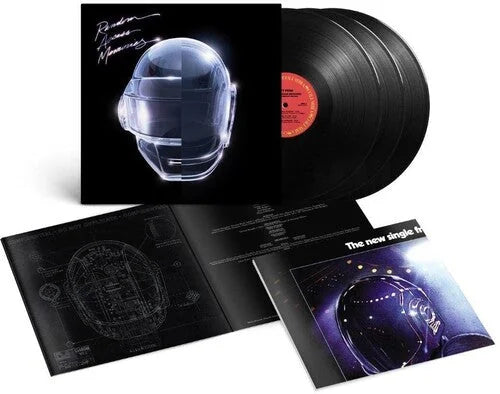
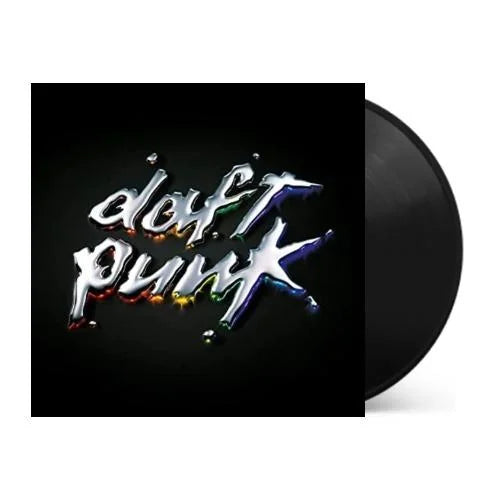

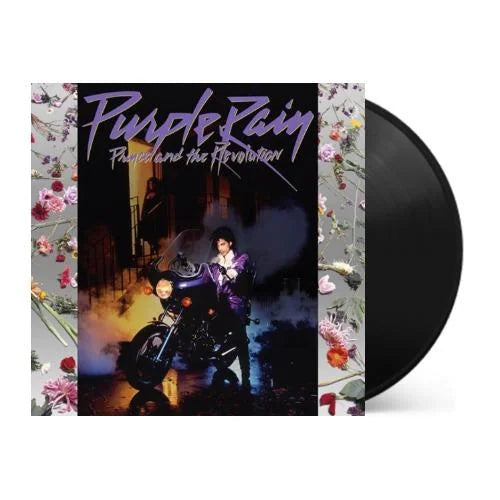

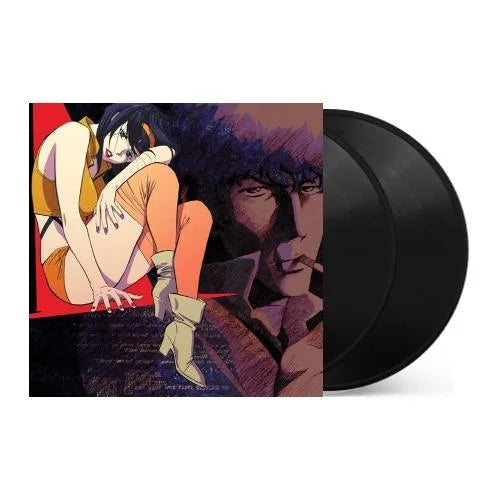
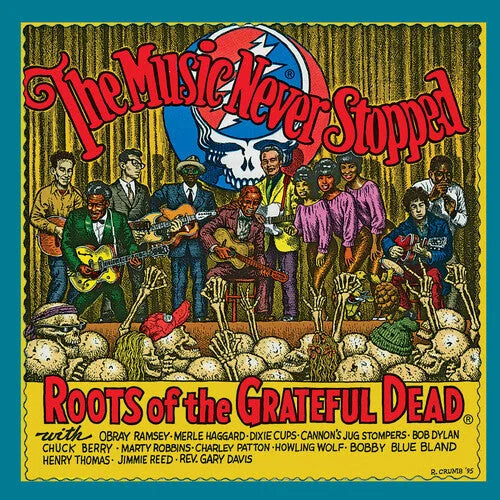
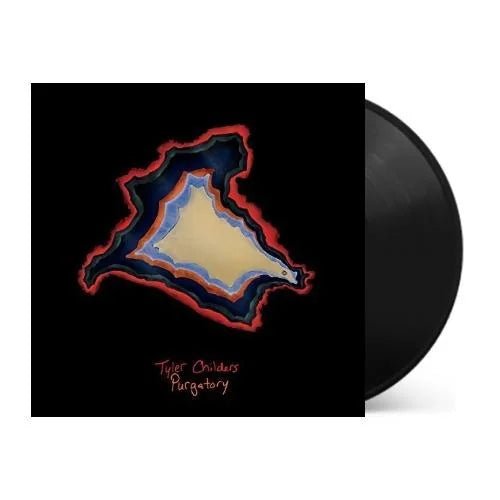
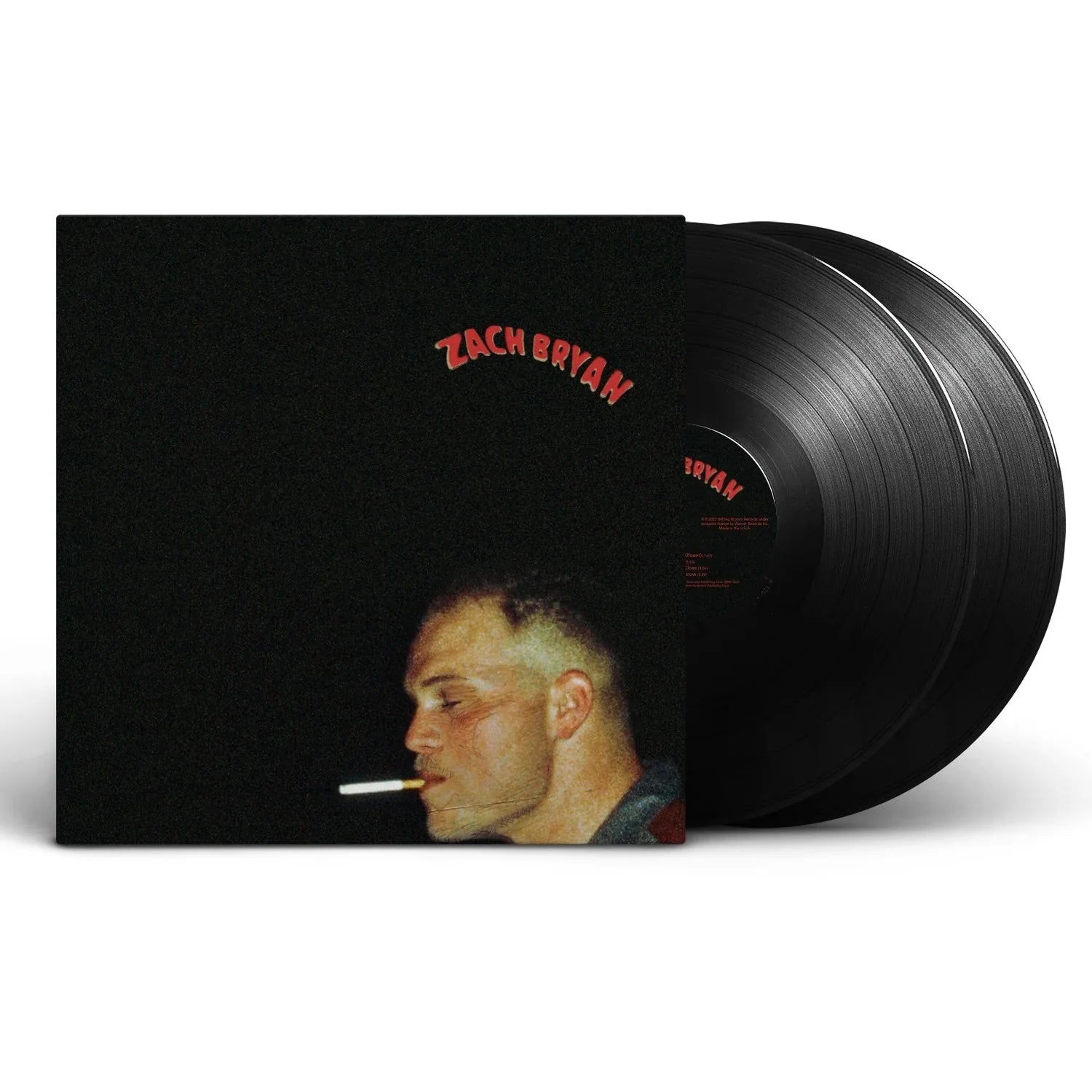
![Grace Jones - Nightclubbing [Gold]](http://vinyl.com/cdn/shop/files/4407705-3329230.jpg?v=1742429522&width=5760)

![Debbie Harry - KooKoo [2LP Clear]](http://vinyl.com/cdn/shop/files/4025259-2960387.jpg?v=1682465873&width=5760)
![Miles Davis - Kind of Blue [180-gram]](http://vinyl.com/cdn/shop/files/Y4LPMD03.webp?v=1742198237&width=5760)
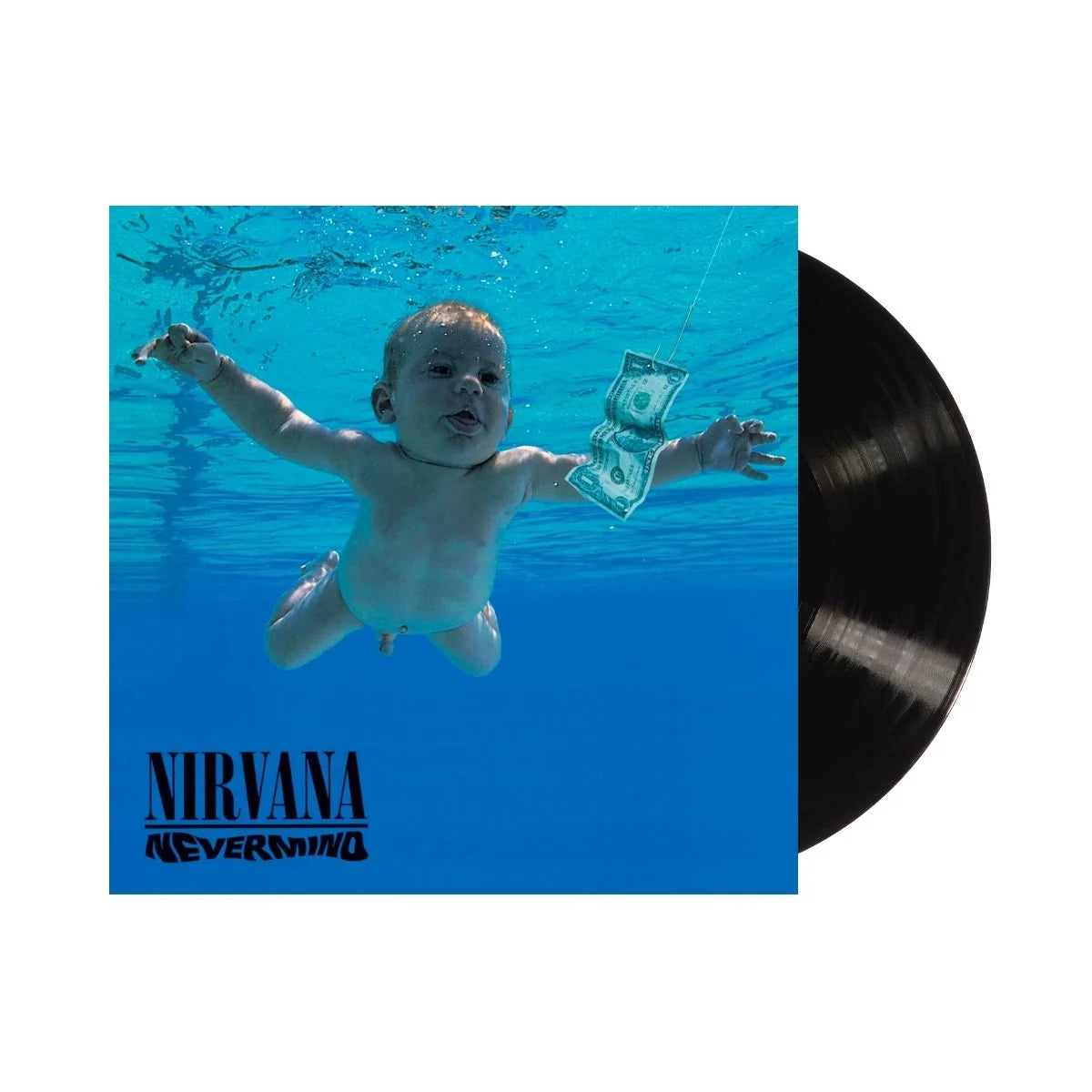
![Various Artists - Once Upon A Time: The Tarantino Sound [Red 180-Gram]](http://vinyl.com/cdn/shop/files/4376720-3283530.jpg?v=1733870948&width=5760)

